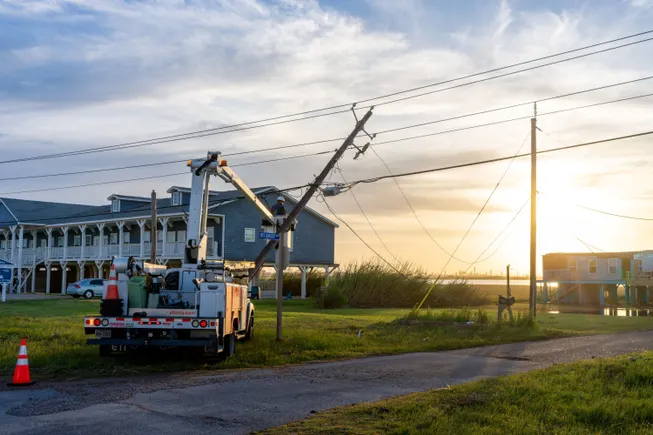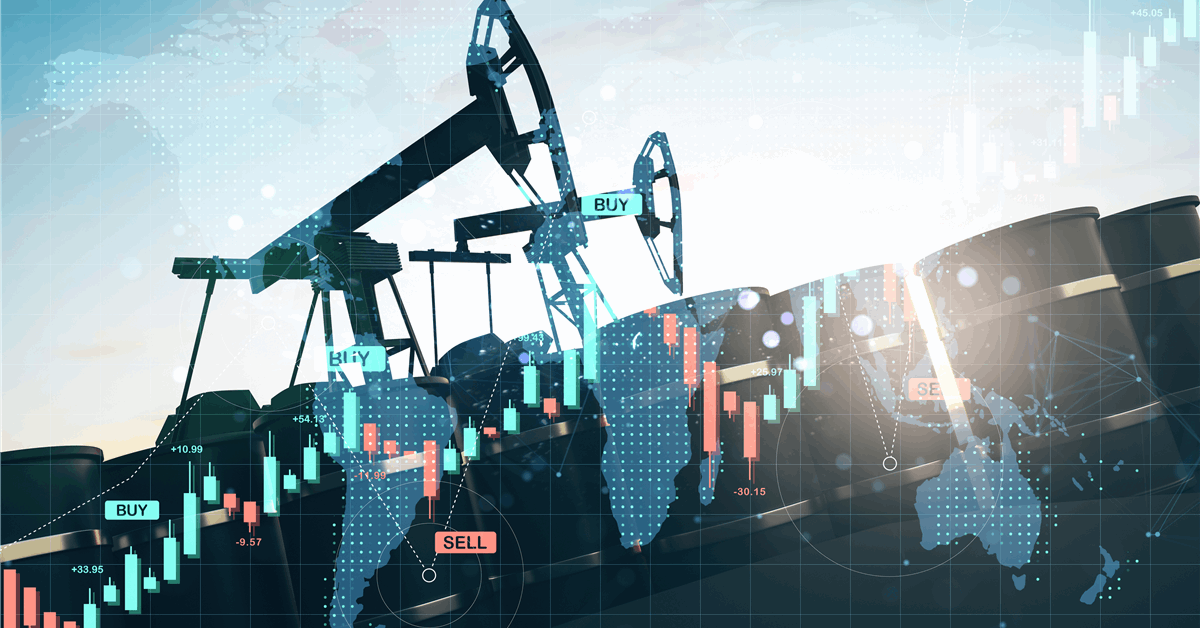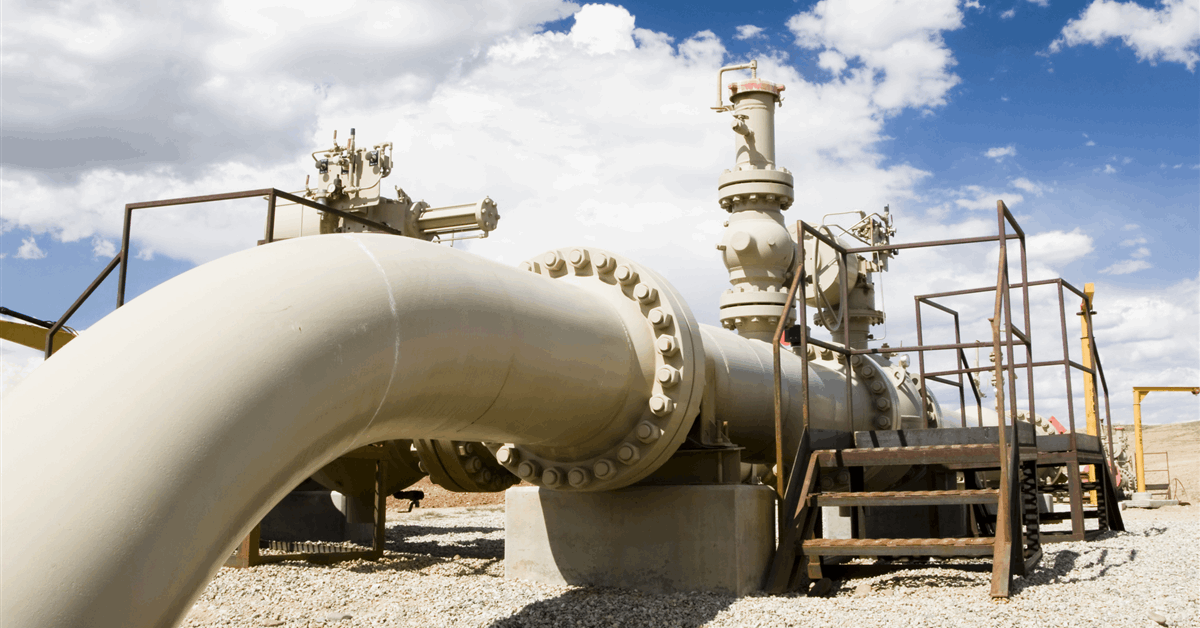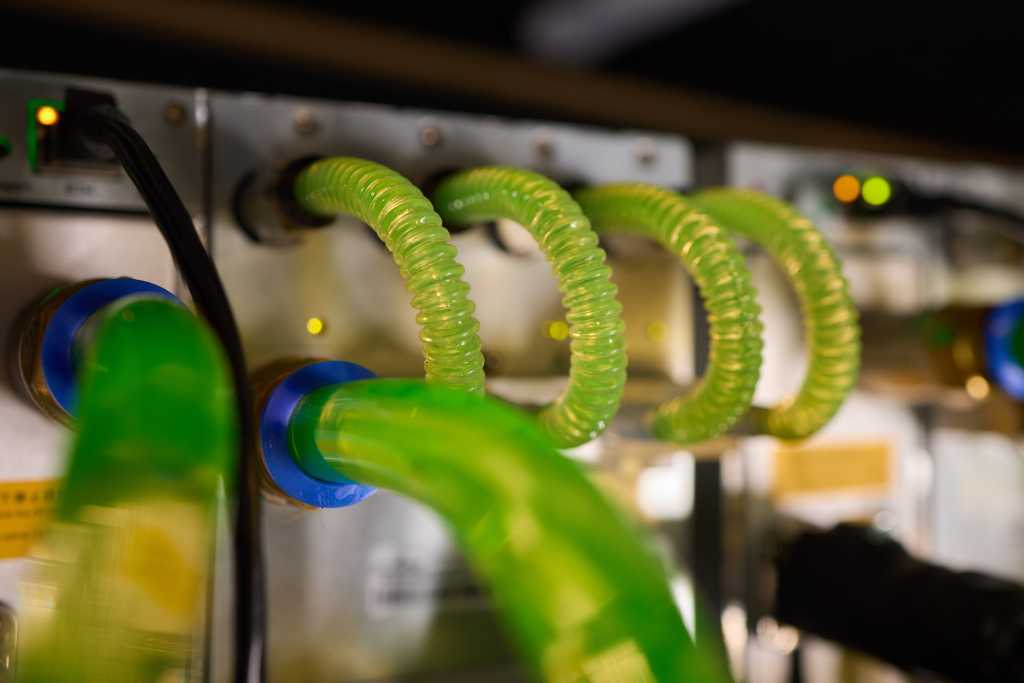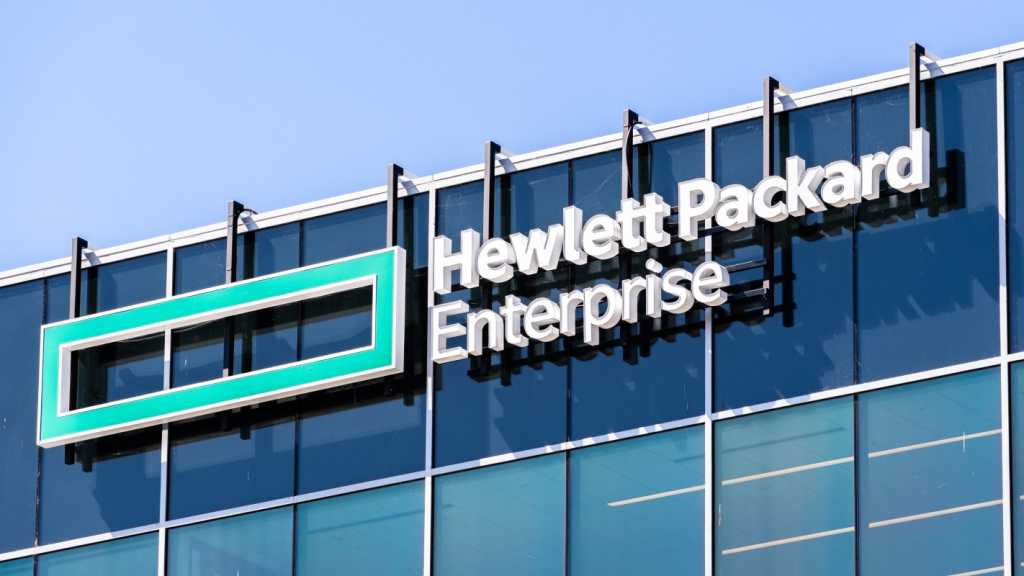
Tough US sanctions on Russian oil are allowing the biggest Middle Eastern producers to raise prices for their main market by the most in years, and may help bring in additional petrodollars to meet crucial funding needs.
Iraq, the second-biggest supplier in the Organization of the Petroleum Exporting Countries, boosted the selling price of its main grade to Asia to the highest level since September 2022. Saudi Arabia had its own big increase last week while prices in the United Arab Emirates rose to the highest since September.
Russia is facing an impending oil tanker shortage and Iran is under renewed threat of tighter sanctions, forcing buyers to look for replacement supplies of comparable Middle Eastern crude and pushing up in the region. Dubai swaps, the benchmark for the Gulf, have continued to surge, according to PVM Oil Associates data. The discount to Brent crude futures hit the narrowest since June on Friday, illustrating thirst for the region’s oil.
The increases will likely bring some relief for the countries in the region. While oil remains far below the level needed by the Saudis to balance their vast spending plans, any price bump will ease pressure on the kingdom which is one of the largest bond issuers in emerging markets over the past year. Iraq is trying to squeeze out as much revenue as it can with this price bump to help its economy.
Refining margins in Asia have also improved in recent weeks after some processors cut back production, another factor playing into the large increases in prices.
The Middle East’s biggest producers mostly set their prices for buyers with long-term contracts on a monthly basis, with top exporter Saudi Arabia setting the tenor for the region.
Iraq raised the cost of its Basrah Medium crude by $2.60 a barrel, to a premium of $2.65 over the regional benchmark for buyers in Asia in March, according to a price list from the state marketer SOMO. Basrah Heavy crude will jump by a similar amount with both grades at the highest since September 2022.
Prices have also jumped for March supplies of crude from Abu Dhabi and Oman, the two producers whose prices are determined by trading on exchanges. Abu Dhabi’s flagship Murban crude will sell for $80.22 a barrel in March, up from $73.28 in February. Omani crude saw a similar jump of more than $7 a barrel from month to month.
WHAT DO YOU THINK?
Generated by readers, the comments included herein do not reflect the views and opinions of Rigzone. All comments are subject to editorial review. Off-topic, inappropriate or insulting comments will be removed.
MORE FROM THIS AUTHOR
Bloomberg

